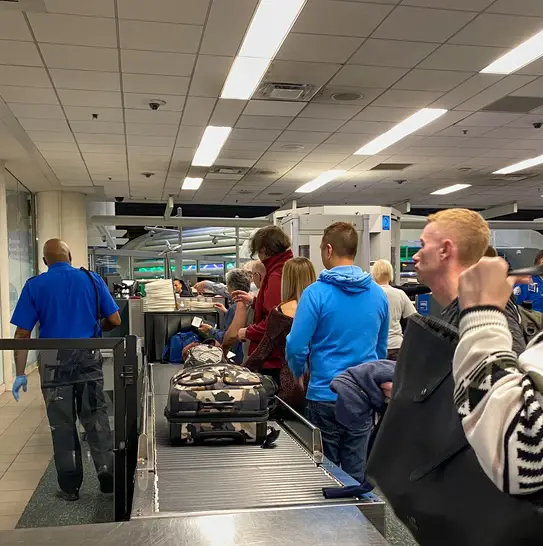Airports are more than just transit hubs; they’re masterfully designed environments that subtly shape our behavior. From the moment you step into the terminal to the time you board your flight, every aspect of your journey is carefully orchestrated. Let’s uncover five ingenious ways airports manipulate your behavior, turning you into the perfect passenger and consumer.
1. Guiding You Without You Knowing
Ever wondered how you navigate through a complex airport without getting lost? That’s no accident. Airports employ sophisticated wayfinding techniques to guide you effortlessly through the terminal. Strategic signage, carefully chosen colors, and cleverly placed landmarks create an invisible path that leads you exactly where they want you to go.
But it’s not just about getting you to your gate. These visual cues are designed to create an illusion of autonomy. You feel like you’re making your own choices, but in reality, you’re following a predetermined route. This subtle manipulation reduces stress and keeps foot traffic flowing smoothly, all while steering you past tempting shops and restaurants.

2. The Security Checkpoint Rollercoaster
The security checkpoint is arguably the most stressful part of your airport journey. But did you know that this stress is intentionally engineered? Airports create a high-pressure environment at security to ensure compliance and vigilance. However, what happens next is where the real manipulation begins.
Immediately after security, you enter what designers call the “composure zone”. This area is crafted to help you decompress quickly, using warm lighting and open spaces. As your stress melts away, you’re hit with a wave of relief and a newfound sense of freedom. It’s at this precise moment that you’re guided into the duty-free shops and dining areas. In this vulnerable state of relief, you’re much more likely to make impulse purchases and indulge in “vacation mode” spending.
3. The Right-Hand Rule
Have you ever noticed that airport walkways often curve from right to left? This isn’t a coincidence. Airport designers exploit the fact that most people are right-handed and naturally veer to the right. By curving walkways in this direction, they ensure that the majority of passengers will have a clear view of shops and restaurants placed strategically on their right side.
This clever manipulation of your natural walking patterns increases the visibility of retail outlets and significantly boosts the chances of impulse purchases. It’s a subtle yet effective way to guide your gaze and your wallet exactly where they want them.

4. Time Manipulation: Making You Lose Track and Spend More
Airports are masters of time manipulation. Notice how there are few clocks around? That’s intentional. By removing obvious time cues, airports create a timeless bubble where your normal spending inhibitions are lowered. But the manipulation doesn’t stop there.
In recent years, many airports have switched from displaying walking distances to gates in meters to showing them in minutes. This subtle change does two things: it reduces anxiety by making distances seem more manageable, and it gives you a clearer idea of how much “free time” you have before boarding. With this knowledge, you’re more likely to feel comfortable lingering in retail areas and restaurants, increasing your dwell time and, consequently, your spending.
5. Manipulating Your Mood Through Environment
Airports are not just visual experiences; they’re full sensory environments designed to influence your behavior. The use of natural light, for instance, isn’t just about saving electricity. It’s strategically employed to create a sense of calm and openness, encouraging you to relax and, yes, spend more freely.
But perhaps the most fascinating sensory manipulation comes in the form of “smart glass” technology. This innovative glass adjusts to sunlight exposure, keeping airport restaurants cooler and darker. The result? An astonishing 80% increase in alcohol sales. By creating an atmosphere that feels more like evening, regardless of the actual time, airports subtly encourage you to unwind with a drink… or three.

Understanding these manipulative tactics doesn’t mean you have to resist them entirely. After all, airports are designed to make your travel experience smoother and more enjoyable. However, being aware of these psychological tricks can help you make more conscious decisions about how you spend your time and money while waiting for your flight.
Next time you’re at the airport, take a moment to observe these subtle manipulations in action. You might find yourself appreciating the clever design while maintaining a bit more control over your airport experience. Safe travels, and may your journey through the airport be as fascinating as it is comfortable!

